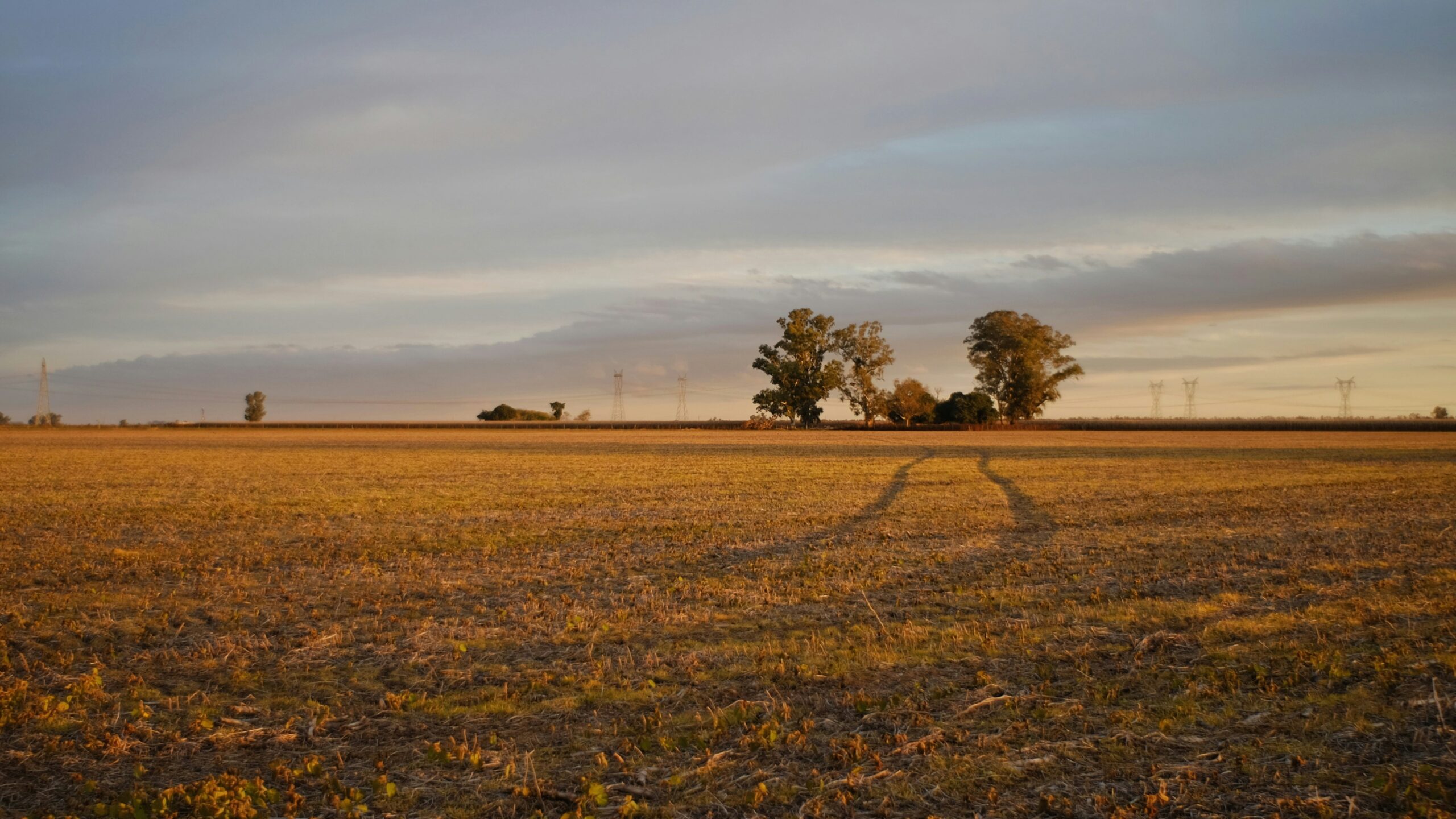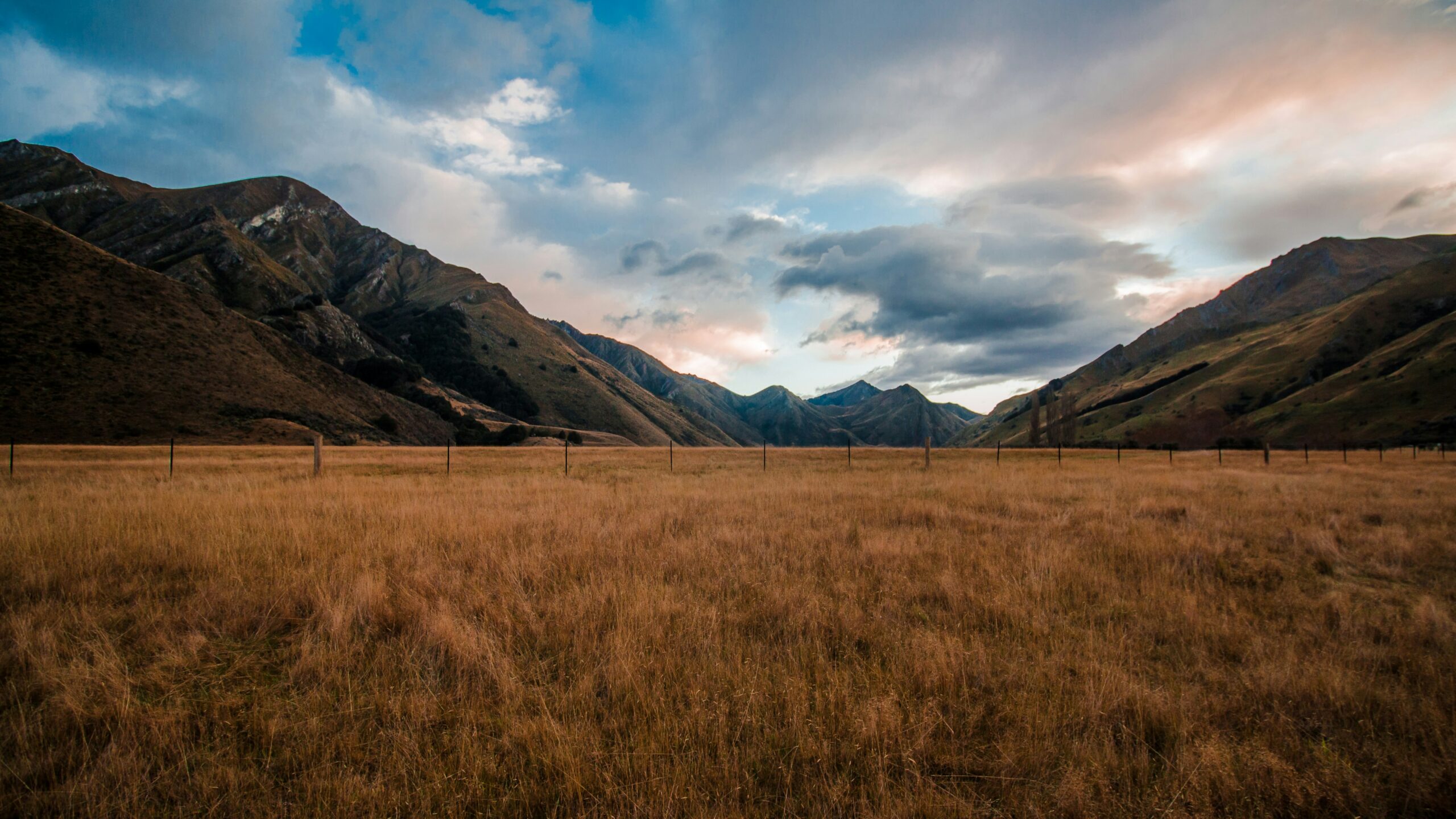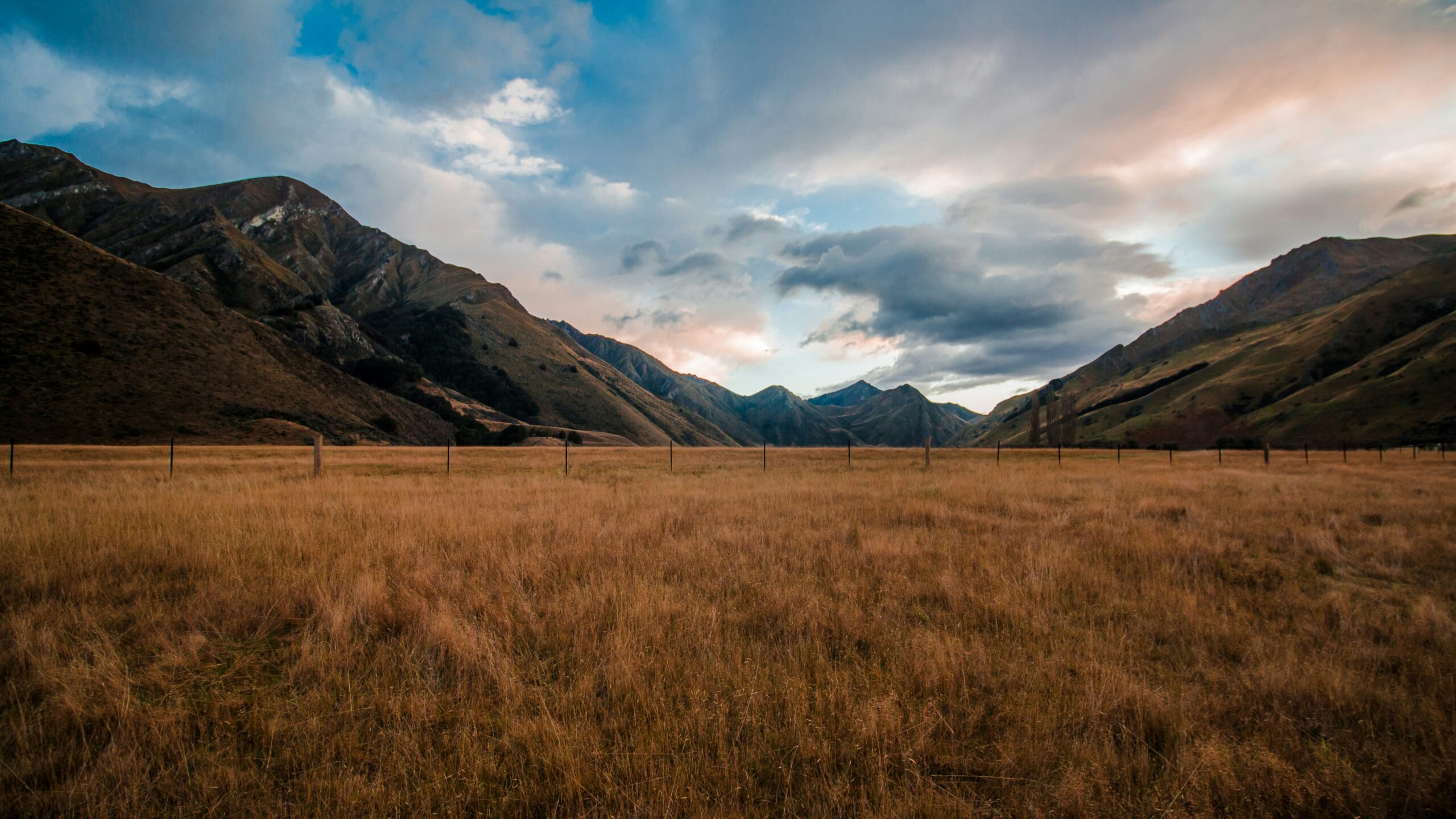Imagine you’re out in the wilderness, scanning the horizon with your trusty spotting scope. With every twist of the lens, the landscape unfolds before your eyes, revealing hidden details and captivating sights. But have you ever wondered if the magnification of the lens could impact your field of view? In this article, we’ll explore the fascinating relationship between lens magnification and the field of view in a spotting scope, shedding light on a topic that is sure to intrigue outdoor enthusiasts and nature lovers alike. So get ready to embark on an optical adventure as we unravel the secrets behind the perfect view.
Understanding Spotting Scope and its Elements
Overview on Spotting Scope
A spotting scope is a essential tool for outdoor activities such as birdwatching, wildlife observation, hunting, and even astronomy. It is a compact, portable telescope that provides magnified views of distant subjects. A spotting scope is designed to be used with a tripod for stable viewing and can offer higher magnification compared to binoculars. It consists of various components that work together to enhance image quality and provide a clear and detailed view.
Primary Components of a Spotting Scope
The primary components of a spotting scope include the body, eyepiece, objective lens, and a focus mechanism. The body houses the internal components, providing structure and protection. The eyepiece is where you look through to observe the magnified image. The objective lens is responsible for gathering light and producing a clear and sharp image. Lastly, the focus mechanism allows you to adjust the focus of the image to ensure clarity.
Understanding the Functioning of Spotting Scope
A spotting scope works by collecting light through the objective lens, which is then transmitted through the body of the scope to the eyepiece. The eyepiece magnifies the image, allowing you to see distant objects in detail. The focus mechanism enables you to bring the image into sharp focus by adjusting the position of the internal lenses. This combination of components and their functioning enables the spotting scope to provide clear and magnified views of distant subjects.
Role of Lens Magnification in a Spotting Scope
Explanation of Lens Magnification
Lens magnification refers to the degree to which an object appears larger when viewed through a spotting scope. It is determined by the ratio of the focal length of the objective lens to the focal length of the eyepiece. A higher magnification value indicates a greater enlargement of the observed object. Lens magnification is an important factor to consider when choosing a spotting scope, as it directly impacts the level of detail and clarity of the image.
Factors determining Lens Magnification
Several factors determine the lens magnification in a spotting scope. The focal length of the objective lens and the eyepiece play a significant role in determining the overall magnification. Additionally, the type of eyepiece used, such as a fixed or zoom eyepiece, can also affect the range of magnification options. It is important to consider the specific needs and preferences of the user when selecting a spotting scope with the desired magnification level.
Importance of Lens Magnification in a Spotting Scope
The lens magnification in a spotting scope is crucial for various outdoor activities. Higher magnification allows for detailed observations of distant subjects, making it ideal for activities such as birdwatching or wildlife observation. However, it is important to strike a balance between magnification and other factors such as field of view, as excessive magnification can reduce the amount of scenery visible in the scope. By understanding and effectively utilizing lens magnification, users can enhance their viewing experience and capture finer details of their subjects.

Impact of Magnification on Field of View
Understanding Field of View (FOV)
Field of view refers to the area visible through a spotting scope at a specific magnification. It is typically measured in degrees and determines the width and breadth of the scene that can be seen through the scope. A wider field of view allows for a larger portion of the surrounding area to be visible, while a narrower field of view focuses on a smaller area in greater detail. Field of view is an essential consideration when choosing a spotting scope, as it affects the overall viewing experience and the ability to track subjects.
How Magnification affects FOV?
Magnification directly impacts the field of view in a spotting scope. As the magnification increases, the field of view becomes narrower, resulting in a reduction in the visible area. Higher magnification levels allow for greater detail and closer views of the subject, but at the cost of a narrower field of view. On the other hand, lower magnification levels provide a wider field of view, allowing for a broader perspective of the surroundings.
Inverse relationship between Magnification and FOV
There is an inverse relationship between magnification and field of view in a spotting scope. As the magnification increases, the field of view decreases, and vice versa. This relationship is due to the optical properties of the scope, where higher magnification narrows the perceived area and lower magnification widens the perceived area. It is essential to find the right balance between magnification and field of view to ensure an optimal viewing experience based on the specific requirements of the activity.
How to Determine the Field of View in A Spotting Scope?
Parameters to Calculate Field of View
To determine the field of view in a spotting scope, several parameters need to be considered. The most critical factors include the magnification level, the focal length of the eyepiece, and the type of spotting scope being used. Additionally, the sensor size of the digital camera (if attached) can also influence the effective field of view. By taking these parameters into account, you can calculate and understand the field of view of a spotting scope before use.
Methods to Determine Field of View
There are different methods to determine the field of view in a spotting scope. One common approach is to use a target with known dimensions placed at a fixed distance from the scope. By observing the target through the scope at different magnification levels, the visible area can be measured and used to calculate the field of view. Alternatively, some spotting scopes come with built-in reticle markings that allow users to estimate the field of view based on the observed spacing of the marks.
Role of Magnification in these Calculations
Magnification plays a crucial role in determining the field of view of a spotting scope. The choice of magnification directly impacts the amount of scenery or subject visible through the scope. Higher magnification results in a narrower field of view, reducing the visible area. Conversely, lower magnification provides a wider field of view, encompassing a larger portion of the surroundings. By considering the desired magnification level, users can better estimate and determine the field of view suitable for their specific needs.

Effect of High Magnification on Field of View
Impact of High Magnification
High magnification in a spotting scope allows for detailed observations of distant subjects. It brings the viewer closer to the subject, enabling examination of fine details and features. High magnification is particularly useful in activities such as birdwatching or observing wildlife, where it is essential to capture precise details. However, it is important to consider the potential trade-offs, as high magnification may limit the overall field of view and make it challenging to locate or track subjects.
Decreased Field of View due to high Magnification
High magnification results in a decreased field of view in a spotting scope. As the magnification level increases, the visible area through the scope becomes narrower, focusing on a smaller portion of the surroundings. This reduction in field of view can be a disadvantage in situations where a broader perspective is necessary, such as tracking moving subjects or capturing panoramic views. Users should carefully consider the balance between magnification and field of view to ensure an optimal viewing experience.
Pros and Cons of High Magnification
High magnification offers several advantages in a spotting scope. It allows for detailed observations and brings distant subjects closer, providing a more immersive viewing experience. It is particularly useful in activities where capturing fine details is crucial. However, high magnification also has some drawbacks. It decreases the field of view, limiting the visible area. This can make it challenging to locate and track moving subjects quickly. It is important to weigh the benefits and limitations of high magnification and consider specific needs when choosing a spotting scope.
Effect of Low Magnification on Field of View
Characteristics of Low Magnification
Low magnification in a spotting scope provides a wider field of view, allowing for a broader perspective of the surroundings. It encompasses a larger portion of the scene, making it easier to locate subjects or track moving objects. Low magnification is particularly useful when observing subjects in motion, capturing panoramic views, or scanning a wide range to identify potential targets. While it may not offer the same level of detail as high magnification, it provides a more comprehensive view for certain activities.
Increased Field of View due to low Magnification
Low magnification increases the field of view in a spotting scope. By reducing the level of magnification, a larger area becomes visible through the scope. This wider field of view enables users to observe a larger scene or track moving subjects more effectively. It also provides a sense of context and allows for a better understanding of the surroundings. However, it is important to note that low magnification may sacrifice the ability to capture fine details or closely examine distant objects.
Pros and Cons of Low Magnification
Low magnification offers several advantages in a spotting scope. It provides a wider field of view, allowing for a broader perspective and making it easier to locate subjects or track moving objects. It is particularly useful in activities that require a comprehensive view, such as observing wildlife in their natural habitats or scanning a large area for potential targets. However, low magnification may sacrifice the ability to capture fine details or closely observe distant objects. It is important to consider the specific needs and balance between field of view and magnification when choosing a spotting scope.

Striking the Right Balance between Magnification and Field of View
Determining the Right Magnification
To strike the right balance between magnification and field of view, it is crucial to determine the appropriate magnification level for your specific needs. Consider the primary activities you will be engaging in, such as birdwatching, wildlife observation, or target shooting, and evaluate the level of detail required. A higher magnification is suitable for activities that require fine details, while a lower magnification provides a wider perspective. It is essential to find the sweet spot that meets your specific requirements.
Maintaining a Balanced Field of View
Maintaining a balanced field of view involves considering the specific field of view requirements for your activities. If tracking moving subjects or capturing panoramic views is crucial, a wider field of view may be necessary. Conversely, if fine details and close examination are the priority, a narrower field of view with higher magnification may be preferred. Balancing the field of view ensures an optimal viewing experience that aligns with your needs and enhances your ability to observe and enjoy the outdoor activities.
How to Adjust Magnification for optimal Field of View
Adjusting the magnification for optimal field of view involves evaluating the specific requirements of your activities and the capabilities of your spotting scope. Start by understanding the range of magnification options available on your scope and the associated trade-offs in field of view. Experiment with different magnification levels to find the right balance between detail and perspective. Depending on the scope, you may have the option to utilize zoom eyepieces, allowing for greater versatility in adjusting the magnification to suit different scenarios.
Practical Uses of Different Magnification and Field of View Settings
Use case scenarios for Low Magnification and Wide FOV
Low magnification with a wide field of view is beneficial in various outdoor activities. For birdwatching, it helps in quickly spotting and tracking birds in flight or across a large area. In wildlife observation, a wider field of view allows for observing animal behavior and tracking multiple subjects simultaneously. Landscape photographers can benefit from a wide field of view to capture expansive vistas or panoramic views. Additionally, low magnification is useful in astronomy to observe constellations or wide sections of the night sky.
Use case scenarios for High Magnification and Narrow FOV
High magnification with a narrow field of view is particularly useful when fine details and close observations are necessary. Wildlife photographers can utilize high magnification to capture intricate features of distant animals. Target shooters can benefit from the enhanced detail and precision offered by high magnification when aiming at distant targets. Astronomers can use high magnification to observe celestial objects with more clarity and examine individual features.
Ideal Magnification and FOV for Various Activities
The ideal magnification and field of view for various activities depend on the specific requirements and preferences of the user. For birdwatching or wildlife observation, a spotting scope with a range of 20-60x magnification and a field of view of 100-120 feet at 1,000 yards provides a good balance. Landscape photographers may prefer a wider field of view of around 70-80 degrees to capture expansive vistas. For astronomy, higher magnification, such as 60x or higher, combined with a narrow field of view, provides a more detailed view of celestial objects.
Expert Tips on Lens Magnification and Field of View
How to Effectively Maneuver Magnification Settings
To effectively maneuver magnification settings in a spotting scope, it is crucial to understand the capabilities and limitations of your scope. Start by familiarizing yourself with the control mechanisms for adjusting magnification, whether it’s a fixed eyepiece or a zoom eyepiece. Experiment with different magnification levels to find the right balance between detail and field of view. Practice adjusting the magnification quickly and smoothly, allowing for seamless transitions when observing different subjects or scenarios.
Tips to Enhance the Field of View
To enhance the field of view in a spotting scope, consider utilizing wider angle eyepieces specifically designed for a broader perspective. These eyepieces provide a wider field of view compared to standard eyepieces, allowing for a more encompassing view of the surroundings. Additionally, incorporating a wide-angle spotting scope or utilizing digiscoping techniques with a compatible camera can further expand the visible area. Experimenting with different eyepieces and techniques can enhance your field of view and enhance the overall viewing experience.
Avoiding Common Mistakes related to Magnification and FOV
When utilizing magnification and field of view in a spotting scope, it is important to avoid common mistakes that can hinder the viewing experience. One common mistake is striving for excessively high magnification, which can lead to a significant reduction in the field of view and make it challenging to track subjects or capture scenic views. Another mistake is neglecting the importance of field of view and focusing solely on magnification, which can result in missing out on key details or a broader perspective. Finding the right balance and considering both factors is crucial to avoid these common pitfalls.
Closing Thoughts on Lens Magnification and Field of View
Recap on Lens Magnification and its Effect on Field of View
Lens magnification in a spotting scope plays a crucial role in determining the field of view. Higher magnification levels provide greater detail and close-ups of subjects but reduce the visible area through a narrower field of view. Lower magnification levels offer a wider field of view, but sacrifice the ability to capture fine details. Finding the right balance between magnification and field of view is essential to ensure an optimal viewing experience.
Final advice for Spotting Scope users
For spotting scope users, it is important to understand your specific requirements and match them with the appropriate magnification and field of view settings. Consider the activities you will engage in, such as birdwatching, wildlife observation, photography, or astronomy, and choose a spotting scope that offers the desired level of magnification and field of view. Experiment with different settings to find the optimal balance for your needs and continually refine your technique to enhance your viewing experience.
Future Trends in Spotting Scope Technology and FOV
As technology continues to advance, spotting scopes are continually improving in terms of magnification options and field of view capabilities. Manufacturers are developing scopes with wider field of view eyepieces and higher magnification ranges. Additionally, advancements in image stabilization technology and digital enhancements are further enhancing the viewing experience. The future holds promising developments in spotting scopes, offering users even more versatile options for capturing detailed observations with a wider perspective.

